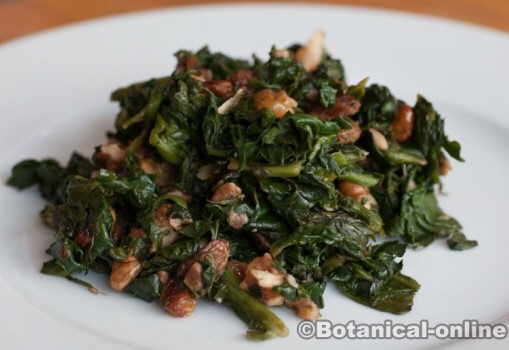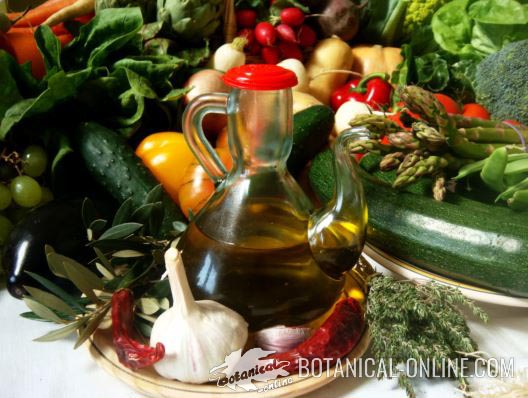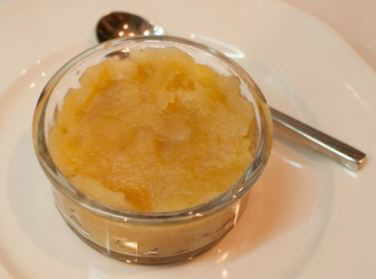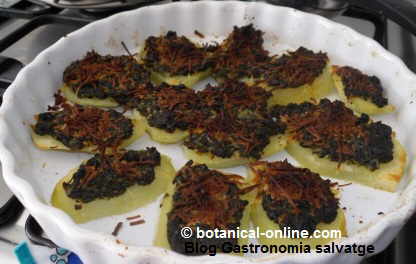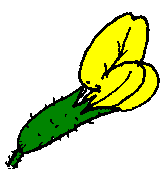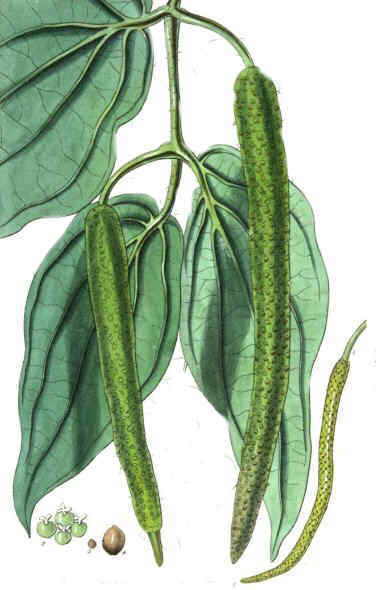Contents
WHAT IS A SISAL PLANT?
CHARACTERISTICS OF HENEQUEN OR SISAL (Agave sisalana / Agave fourcroydes)
English common nouns. Sisal, henequen. The name sisal comes from Sisal port in the Yucatan. This port was very famous in the nineteenth century because, from here this product was exported.
– Spanish / Español: Sisal, pita, ki, henequén
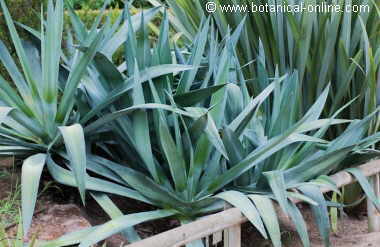 Photo of sisal (Agave sisalana) Photo of sisal (Agave sisalana) |
Scientific names: Agave sisalana and Agave fourcroydes
Family: Asparagaceae, before included in Agavaceae (and these, in turn, in the lily family (Liliaceae).
Habitat: Plants from Yucatan, Mexico. Today there are only cultivated forms and no wild plants of these species are known.
Description of sisal
Sisal is the plant from which the most leave fiber is produced. Of all the plant fibers, sisal is the second fiber extracted after cotton fiber.
Lance-shaped leaves, 60 cm to 1.8 m in length and about 5 cm wide; young ones are grayish green. Leaves with small lateral thorns but spineless and bright green as the plant ages.
It form rosettes on a distinct stem that can reach one meter high and 20 cm in diameter. The fibrous roots are long, reaching 3 meters deep.
The yellow flowers grow on the branches of a central flowering stem, offering a rather unpleasant odor.
Fruits in capsule within which lie the seeds.
Sisal components
- Carbohydrates (plant): Fiber,
- Steroidal sapogenins: Chlorogenin, hainangenin, tigogenin (leaves), neotigogenin, sisalagenin, gentrogenin (plant)
- Hecogenin (plant): Material used in the synthesis of cortisone
- Pectin (Plant)
![]() More information on agave
More information on agave

